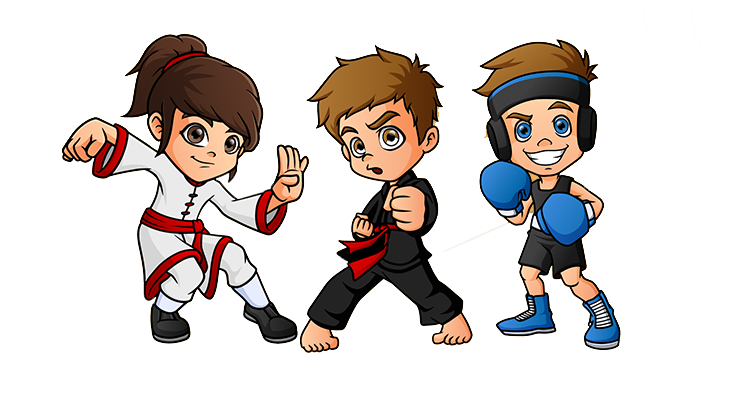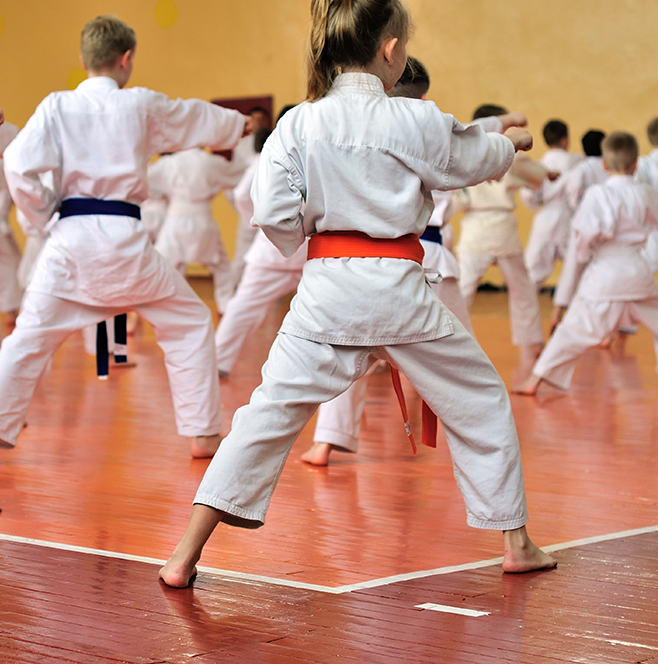
Ju-Jitsu (sometimes spelt Jujitsu) is a Japanese Martial Art. It is based on the core concept of using an attacker’s own force against them. Techniques include throws, joint locks, trapping and general grappling. Ju-Jitsu employs various striking techniques using both hand and foot.
Ju-Jitsu’s history can be traced back to the early 1500’s. Takenouchi Hisamori developed it from battlefield situations where weapons were deemed to be ineffective. Whereas other Martial Arts of the time relied heavily on striking techniques, it was thought to be ineffective on someone wearing armour. The most effective parts of many Martial Arts were picked out and combined with each other to create one new style, to be named Ju-Jitsu. Instead, Ju-Jitsu focused heavily on throwing, immobilising, joint locks and choking. Original forms of Ju-Jitsu, such as Takenouchi-ryú, taught parrying and counterattacking long weapons such as swords or spears using a dagger or other small weapon.
Ju-Jitsu has evolved and adapted countless times throughout its history. Most notably due to its banning of armour and weaponry, meaning that striking techniques were more effective. The vast majority of schools introduced striking with both fist and foot into their curriculum. All of a sudden Ju-Jitsu practitioners were able to incorporate a larger range and a greater variance of strikes into their instruction rather than the previous limitations of simple strikes to weak spots unprotected by armour.
During the late 1800’s Ju-Jitsu practice started to dwindle, to the point where many masters were having to obtain other jobs due to the lack of students willing to study what was considered to be a ‘dying art’. But this changed when Japan was occupied by America and the allied forces after the Second World War. America wanted to promote the iconic history of Japan, including its Martial Arts, to try and create peace between the two factions.
Ju-Jitsu has grown exponentially to become one the widest practiced Martial Arts in the world, with thousands of different ‘schools’ of Ju-Jitsu offering various branches of teaching. Most recently Ju-Jitsu has been recognised as an official sport of the World Games, and we have seen development of governing bodies such as the Ju-Jitsu International Federation and the British Ju-Jitsu Association.
Generally, Ju-Jitsu is often practiced with the use of a partner for both the learning aspect and the improvement of skills. Within Ju-Jitsu there is a sport element where practitioners enter competitions set out in one of three ways:

The different Ju-Jitsu colour belts represent the different levels of progression in the sport. The beginner grade is white belt and goes through to the advanced black belt. There can be different grading systems in place depending on the school or particular style of Ju-Jitsu, but some of the grades could include:

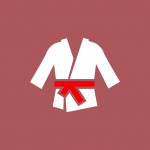
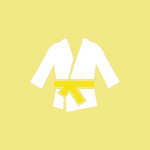
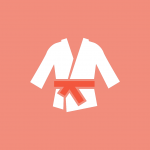
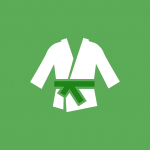
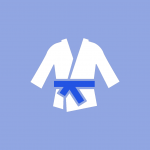
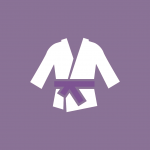
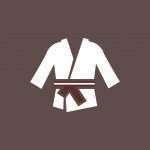
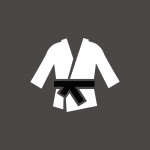
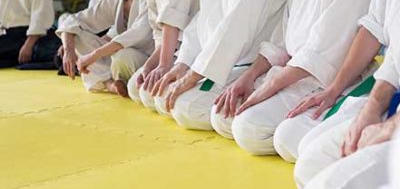
Ju-Jitsu classes are popular for all ages of Martial Arts students. They’re popular with women and men as much as they are with children. So, no matter what your background, age, gender or fitness levels, you’ll be welcome to take part in classes at your local Ju-Jitsu club.
